Planning to renovate an older home can feel exciting, but also overwhelming. These homes often have more personality than anything built today, but beneath the charm, there are real issues that can impact safety, comfort, and cost. If you live in Burlington, Oakville, Hamilton, Etobicoke, Grimsby, Mississauga, or Toronto, chances are your home was built between the early 1900s and 1980s. That means outdated wiring, poor insulation, cracked foundations, and closed-off layouts might be hiding behind the walls.
At Rich Home Inc., we’ve helped hundreds of homeowners renovate older homes the right way. What we see time and again is that it’s not just about how your home looks, it’s about what you tackle first. Skip essential upgrades, and even a beautifully renovated kitchen or bathroom can become a regret. The key is having a plan that puts structure, safety, and long-term value at the top of your list. This guide will walk you through the smartest way to renovate an older home step by step so you can avoid surprises and get it right from the start.
Common Issues When You Renovate an Older Home
Before you swing a hammer, it’s important to understand what problems you’re likely to encounter. These issues vary depending on when the home was built, but all can impact your timeline, budget, and scope of work.
Issues in Homes Built Before 1940
- Knob-and-tube wiring: Still present in some older Toronto and Hamilton homes, and often uninsurable unless replaced.
- Lead pipes: A health risk and cause of poor water pressure. Common in pre-1950 builds across Etobicoke and Grimsby.
- Plaster and lathe walls: Brittle and messy to work with. Removing or modifying these can be labour-intensive.
- Brick foundations: Charming, yes, but often porous or crumbling if left unmaintained.
- Poor or no insulation: Especially in attics, basements, and exterior walls.
Upgrades Needed in Homes Built Between 1950–1980
- Aluminum wiring: Found in many Mississauga and Oakville homes. Prone to overheating and a red flag for insurance providers.
- Builder-grade finishes: Materials like pressed wood cabinets, thin drywall, and outdated flooring can’t hold up to modern standards.
- Poor layout planning: Closed-off kitchens and sunken living rooms that don’t suit today’s lifestyle.
- Asbestos: Often hidden in ceiling tiles, drywall mud, insulation, or flooring adhesive.
These are just a few of the reasons why it’s critical to renovate full homes with a strategic, step-by-step approach.
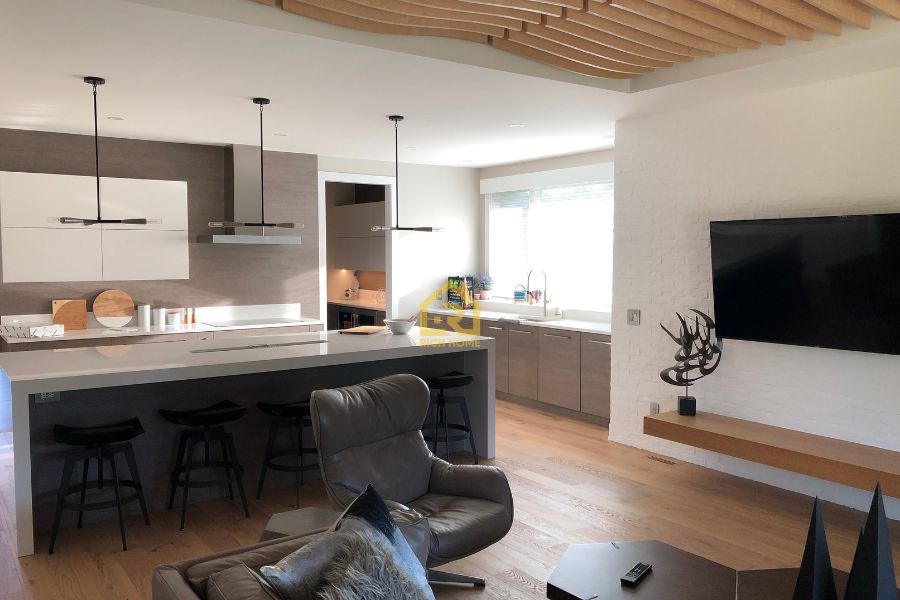
Step-by-Step Guide: What to Renovate First in an Older Home
| Renovation Priority | Why It Comes First | Warning Signs |
| Structural/Foundation | Supports the entire house | Uneven floors, wall cracks, moisture seepage |
| Electrical System | Safety and modern power needs | Flickering lights, old panels, knob-and-tube |
| Plumbing System | Water safety and leak prevention | Lead pipes, slow drains, discoloured water |
| Insulation & Air Sealing | Energy efficiency, moisture control | Drafts, high bills, musty smells |
| Windows & Doors | Improve energy retention and comfort | Rotting frames, condensation, single-pane |
| HVAC System | Indoor air quality and temperature control | Old furnace, weak airflow, high utility costs |
| Floor Plan Adjustments | Improve flow and natural light | Cramped layouts, blocked sightlines |
| Kitchen & Bathroom Reno | Adds function and resale value | Outdated fixtures, leaks, poor storage |
1. Start with the Foundation and Structure
It might be tempting to jump into kitchen renos, but it’s critical to address structural concerns first. Many older homes in Hamilton and Grimsby sit on stone or brick foundations that weren’t designed to resist modern moisture loads. You may see cracking, bowing, or sloping in floors, these are not cosmetic problems. Left alone, structural issues can compromise the rest of your renovation.
We often work with engineers and permit specialists to inspect basements, crawlspaces, and attics in century homes. If structural repairs are needed, they should be your first investment.
2. Upgrade Electrical and Plumbing Systems
Older homes weren’t built to handle today’s tech-heavy lifestyle. If your home still has knob-and-tube or aluminum wiring, you’re not just outdated, you may be uninsurable. We’ve seen many homeowners in Mississauga and Etobicoke forced to halt renovations after discovering their panel can’t support new appliances or lighting.
When it comes to plumbing, galvanized steel and lead pipes must go. Besides being health hazards, they restrict water flow and are prone to leaks. Upgrading to modern copper or PEX ensures your kitchen, bathroom, and laundry systems will run efficiently once they’re installed.
This stage is also when we prep for future renovations, like renovating a basement or upgrading bathrooms, so that plumbing rough-ins and wiring are already in place when it’s time to finish those spaces.
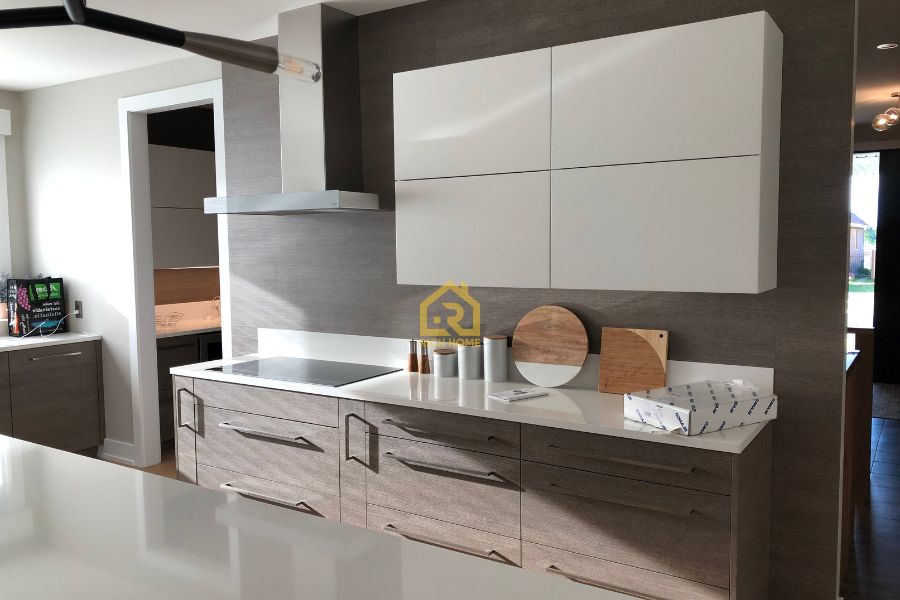
3. Improve Insulation and Air Sealing
Many older homes across Toronto, Burlington, and Oakville are shockingly under-insulated. Attics may have as little as R12 insulation, or none at all. Cold floors and high heating bills are just the beginning. Poor insulation can also lead to condensation, mould, and ice damming.
Air sealing is just as critical. We routinely seal rim joists, attic hatches, and basement headers to stop uncontrolled airflow. These energy upgrades don’t just improve comfort; they prepare the home for more advanced upgrades like heat pumps or radiant floor heating.
4. Replace Drafty Windows and Doors
Single-pane windows or warped wooden doors are common in homes built before 1980. Beyond the drafts, they make your HVAC system work harder. Replacing them with ENERGY STAR® certified windows and doors boosts energy efficiency and comfort.
In heritage districts like downtown Hamilton or parts of Toronto’s west end, we help homeowners match new window styles with historic character. In Mississauga and Oakville, the priority is usually maximizing glass without sacrificing privacy or insulation.
This is also a smart time to plan for a kitchen upgrade. Natural light from larger windows or French doors can drastically improve how a kitchen feels without moving walls.
5. Update the HVAC System
If your furnace is more than 15 years old or you’re still using baseboard heaters, it’s time to consider a full HVAC replacement. Many older homes lack adequate ductwork, which impacts airflow and humidity control.
In Burlington and Oakville, we’ve upgraded many homes with ductless mini-splits or multi-zone systems. For larger century homes in Toronto or Grimsby, zoning can help manage inconsistent temperatures between floors. This is also the best time to install an HRV system if you’ve just improved insulation and air sealing, otherwise, you risk stale air and moisture buildup.
6. Open Up the Floor Plan Where It Matters
Older homes often have narrow doorways, boxy rooms, and poor sightlines. The key is knowing which walls are structural before making changes. Removing or modifying load-bearing walls typically requires a permit and professional support beams.
We help homeowners reimagine cramped layouts by combining kitchens and dining rooms or converting awkward dens into functional mudrooms or powder rooms. These are great layout changes to consider during a renovation for homes, where every inch counts and flow makes a big difference.
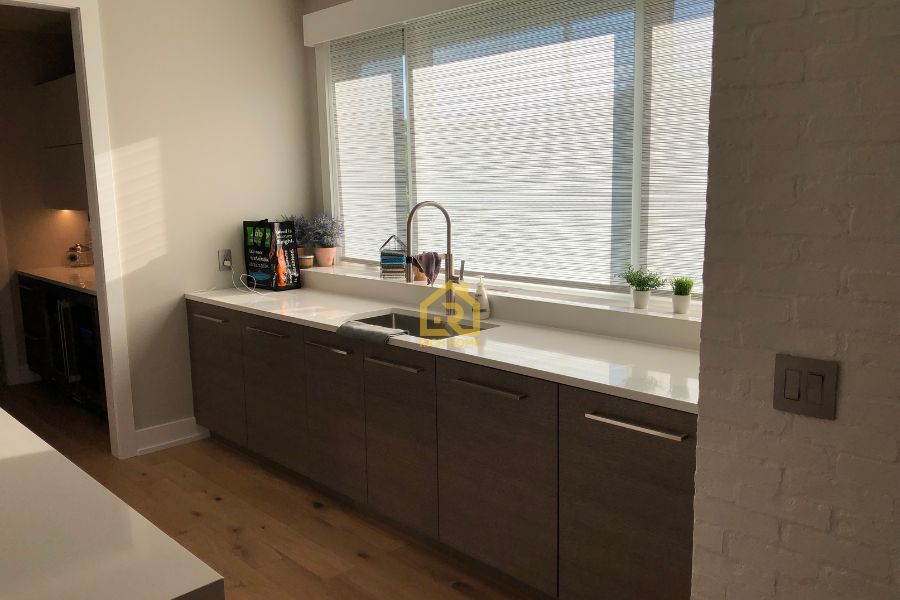
7. Tackle the Kitchen and Bathrooms Last
Now that your systems are modernized and your layout is updated, you can finally renovate the kitchen and bathrooms with confidence. These are high-impact spaces that boost both daily comfort and resale value, but they should never come first.
We customize plans around your new layout, electrical setup, and natural lighting. Whether it’s adding an island in a 1970s Oakville split-level or restoring original cabinetry in a downtown Toronto Victorian, we focus on blending style with function.
Bathroom Reno planning should start early, but execution comes last. This ensures your plumbing is prepped, exhaust fans are vented properly, and tiles or flooring won’t be ripped out to fix deeper problems. We guide you through choosing smart storage, water-efficient fixtures, and timeless finishes that complement the age of your home.
How to Renovate an Older Home Without Breaking the Bank
Prioritize Safety and Resale Value
When planning how to renovate an older home on a budget, start by focusing on what really matters, safety and long-term value. Many older homes across the GTA, especially in places like Hamilton, Etobicoke, and Mississauga, may look charming on the outside, but inside, they often come with serious safety concerns that can tank resale value if ignored.
At Rich Home Inc., we always recommend tackling these core issues first:
- Electrical upgrades: If your home still runs on knob-and-tube wiring or has an outdated fuse box, it’s not just inefficient, it’s unsafe. According to the Electrical Safety Authority (ESA), homes with this type of wiring are at significantly higher risk of fire. Modernizing the electrical system not only protects your family but is a huge plus during resale.
- Foundation and structure repairs: A cracked foundation or sloping floors can drive buyers away fast. These aren’t cheap fixes, but they’re foundational (literally and financially). A structurally sound home maintains value better and makes future cosmetic upgrades easier.
- Roof and water issues: Water damage is one of the most expensive long-term problems homeowners face. If your roof is over 20–25 years old, it’s time to consider a replacement. Unseen leaks or poor drainage can lead to mold, rot, and ruined interior finishes, costing thousands later.
- Insulation and air sealing: Many older homes leak heat like a sieve. Updating insulation in the attic and walls, sealing around windows and doors, and installing a smart thermostat can drastically cut energy costs. In fact, Natural Resources Canada reports that proper air sealing and insulation can reduce heating bills by up to 30%.
When safety, structure, and energy efficiency are covered, your home becomes a blank slate for more personalized upgrades. Not to mention, your renovation ROI improves significantly. According to RE/MAX Canada, the best return-on-investment renovations are those that boost overall functionality and safety, not just aesthetics.
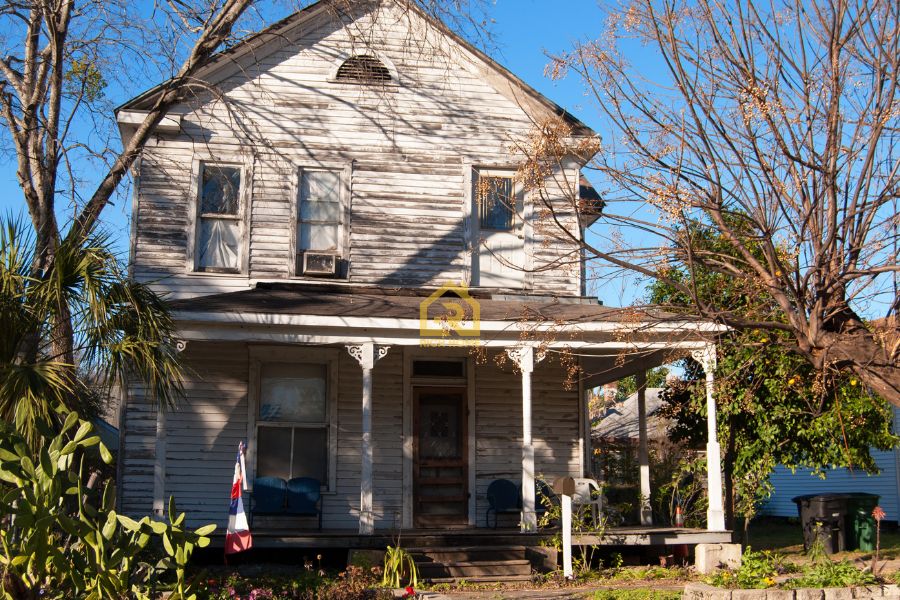
Don’t Blow the Budget on Cosmetic Changes First
It’s tempting to start with what’s visible, new flooring, a flashy backsplash, modern lighting. But here’s the hard truth: spending $10,000 on a trendy kitchen redesign before fixing old plumbing or leveling sagging floors is like painting over rust.
Cosmetic upgrades are important, but they should never come before resolving what’s underneath.
If you’re working with a limited budget, we suggest breaking your renovation plan into two phases:
Phase One: Core Systems & Structural Integrity
- Electrical panel upgrade
- Plumbing replacement (especially in homes with galvanized pipes)
- Insulation upgrades and proper ventilation
- Roof and foundation inspections
- Waterproofing basements (especially in Toronto and Hamilton)
Phase Two: Visual and Lifestyle Enhancements
- New cabinetry or countertops
- Paint, flooring, light fixtures
- Open-concept reconfigurations
- Bathroom or kitchen refinishing
Why this order matters: Cosmetic updates won’t last if underlying issues aren’t resolved. A new tile floor installed over an unlevel subfloor will crack. A modern kitchen won’t work if the electrical can’t support your appliances. Fixing foundational systems first protects your investment.
And remember: you don’t need to do it all at once. Our home contractors help homeowners across Burlington, Oakville, and the GTA develop step-by-step renovation plans that keep finances in check while making strategic improvements. You can renovate an older home beautifully and safely, without going broke, when you start with the right priorities.
Don’t Forget Permits and Municipal Guidelines While Renovating an Older Home
Every municipality has its own permit requirements, and older homes often fall under heritage or special zoning categories. In Toronto and Hamilton, exterior work like enlarging windows or altering facades may require heritage approval. In Mississauga or Burlington, wall removals, electrical upgrades, and even HVAC changes often require permitting.
We help homeowners navigate local permit applications and ensure all work meets Ontario Building Code, from load calculations to smoke detector placements. Doing it right the first time avoids fines, delays, and insurance issues.
How to Preserve Character While Modernizing
Renovating older homes doesn’t mean erasing their charm. Some of the most rewarding projects we’ve completed involved restoring original hardwood floors, keeping crown moulding intact, or refinishing clawfoot tubs.
We blend old and new by choosing finishes and layouts that respect the scale and spirit of the original home. Whether it’s using white oak cabinetry in a 1930s kitchen or installing new trim that mimics classic profiles, our goal is always to preserve what makes your home special while bringing it up to today’s standards.
Real Advice from Real Projects
We’ve worked on homes where entire kitchens were built on sloped subfloors and bathrooms leaked for years before being addressed. In nearly every case, the biggest regrets come from homeowners who invested in new finishes too early, only to have them damaged by plumbing or structural issues later.
That’s why our approach always starts with systems, safety, and layout. Once those are addressed, the possibilities open up and your vision becomes sustainable.
Ready to Renovate an Older Home?
We specialize in guiding homeowners through every phase, from inspection and design to permits and construction. Whether you’re planning a targeted upgrade or a full-home reno, we’re here to help you protect your investment while creating a space that reflects your style and needs.
Reach out today to learn how we can help with your older home renovation in Burlington, Oakville, Hamilton, Etobicoke, Mississauga, Grimsby, or Toronto.
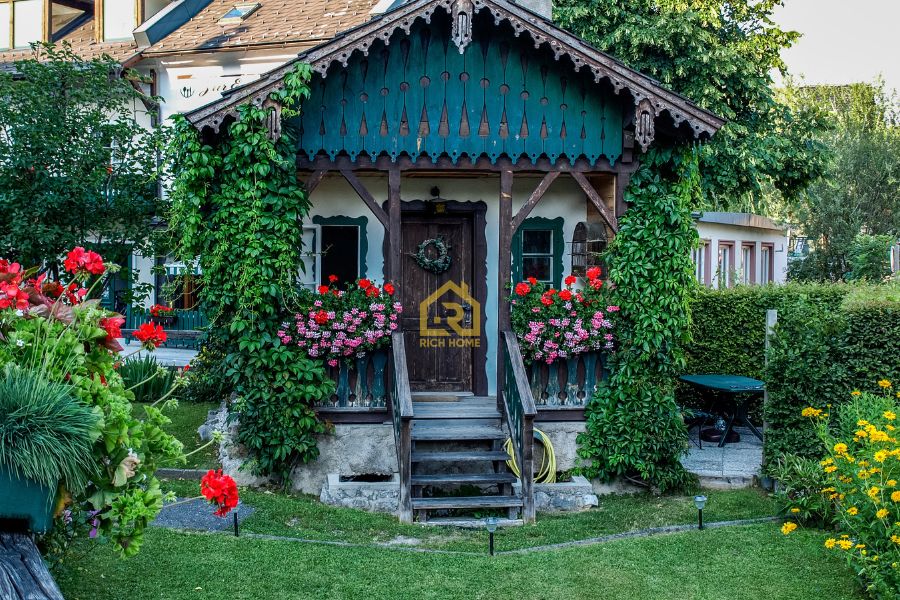
Areas We Serve
We are proud to offer our Home Renovation services in the following areas:
Hamilton
Burlington
Oakville
Milton
Mississauga
Toronto
Contact Info
Send us a message or call us and we’ll get back to you as soon as we can.
Valid until end of month
book now for SPECIAL saving!
free estimate
(647) 994-1439
have a questions?
info@richhomeinc.ca
Get Started Today
Transform your home with Rich Home Inc. Contact us now for a free consultation and begin your renovation journey!